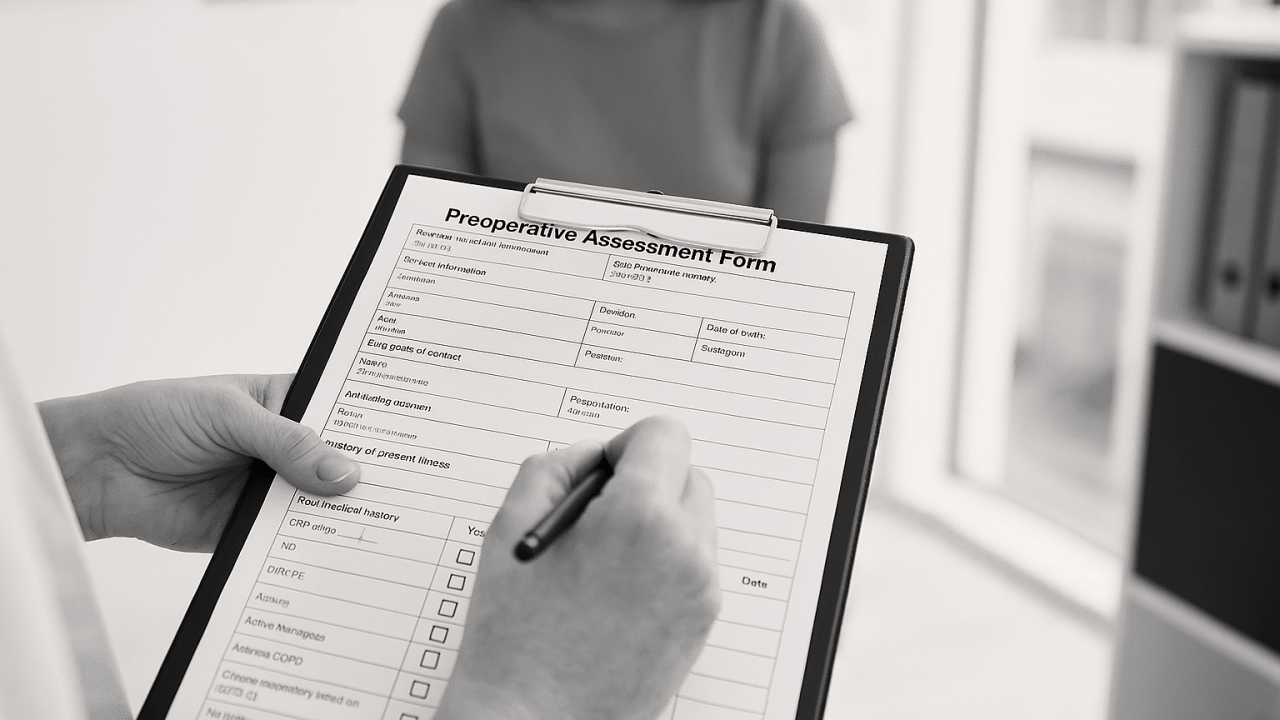
Patient-reported outcome measures (PROMs) were created to center the patient’s voice in care - tracking how people feel and function before and after surgery, in their own words.
But somewhere between intention and implementation, they got stuck.
Buried in dashboards. Lost in inboxes. Filed away in EHRs, rarely to be seen again.
What was meant to be a feedback loop has become a formality.
And that’s a missed opportunity. For patients, for clinicians, and for systems trying to improve outcomes.
Every orthopedic team knows this scenario all too well:
✔️ Collect PROMs—because it’s mandated
✔️ Struggle with compliance—emails, calls, follow-ups
❌ Then rarely use them to influence care
In theory, PROMs (like HOOS/KOOS Jr, PROMIS) were designed to capture what matters to patients.
In reality, they’ve often become just another checkbox.
Across the country, orthopedic teams are racing to keep up with CMS’s new mandate: collect patient-reported outcomes before and after joint replacement - or face stiff penalties.
For large health systems, missing the mark could translate into tens of millions in lost reimbursements.
For private practices, it’s not just about dollars. It’s about staff time, strained workflows, and bandwidth they simply don’t have.
A study led by Dr. Jeanette Ziegenfuss and team found that even when PROMs were integrated into the EHR, clinicians accessed them in less than 1% of visits after joint replacements, despite strong patient response rates (68% preoperative, 55% at 12 months) and thousands of care encounters reviewed.
Not because surgeons don’t care. But because it feels broken in practice:
According to AAOS:
Even the best-intentioned teams and those with dashboards, portals, and big digital investments still wrestle with follow-up, response rates, and real-time use.
Centers for Medicare & Medicaid Services is clear about the end goal:
Measure what patients actually gain from surgery and tie dollars to outcomes, not just procedures.
It’s a powerful idea.
But today’s execution still feels like compliance over care.
And when the numbers don’t reflect patient stories or don’t lead to better decisions, we all lose.
As Dr. Nicolas Piuzzi from Cleveland Clinic put it:
“Collecting data is just the start — how we use it to drive value-based care matters.”
Until PROMs become part of the care process, not just the paperwork around it - we’ll keep missing the point.
✅ Collect PROMs early
✅ Collect them often—not just pre-op and 12 months later
✅ Use them to identify recovery risks in real time
✅ Build workflows to act on those risks
✅ Show the patient: Here’s what your score means, and here’s what’s next
When PROMs are baked into care, they become proactive signals, not passive data.
They surface who’s falling behind. Who needs support now, not in 6 weeks. Who’s on track and ready to push.
We believe PROMs should:
That’s why we built our Recovery Snapshot:
📈 It takes less than 10 seconds to surface what matters - where a patient’s doing well, where they’re at risk, and how to personalize next steps.
Collecting PROMs is hard. We won’t pretend otherwise.
But using them shouldn’t be.
With the right tools and feedback loops, they can unlock better care, stronger outcomes, and yes, higher performance under TEAM and future value-based models.
So here’s our question to you:
Are your PROMs changing care plans or just sitting in a report?
Let’s make them count.